BIO-C PLUS 1000 (1000mg Mixed Ascorbates) – 100 Tablets
*** Please Login or Register with DC Nutrition to see Prices and Add To Cart. ***
Login | Create An Account / Register
Bio-C-Plus 1000
Bio-C-Plus 1000 is 1000 milligrams of mixed ascorbates (vitamin C) per tablet. This is a product that you would consider if you want a mixed ascorbate tablet that contains a higher level of vitamin C that is buffered. This is a mixed ascorbate product that can be used at high levels without causing bowel distress for most people.
PRODUCT DESCRIPTION
BIO-C-PLUS 1000
(Balanced Ascorbates)
**Each tablet supplies:
Vitamin C 850 mg
(1,000 mg mixed mineral ascorbates)
Calcium (ascorbate) 50 mg
Magnesium (ascorbate) 32 mg
Citrus Bioflavonoids 100 mg
Superoxide Dismutase 15 mcg
Catalase 15 mcg
SUGGESTED USE: One tablet each day as a dietary supplement or as otherwise directed by a health care professional,
Contains: 100 Tablets
Product #: 1152
NDC: 55146-01152
ADDENDUM: A Note on Biotics' Vitamin C
Vitamin C is considered synthetic by definition.ÿ Obtained from the multi-step fermentation of glucose, then by a pure chemical reaction route.ÿ Commercial glucose is produced via the enzymatic hydrolysis of starch.ÿ Commercial starch sources are corn, rice, wheat, potato, cassava, arrowroot and sago.ÿU.S.ÿproducers of vitamin C use cornstarch exclusively, Chinese producers use rice and cassava primarily.ÿ The sources are determined by the growing capacity or volume of starch that can be produced annually by the growth rate of the plant in a monocultured industrialized farming system (which is not good, but is the reality).
Vitamin C is a commodity market ingredient.ÿ There is no difference between the sources and what part of the world it comes from other than the price.ÿ The starch commodity market is the key; thousands of things are made from this building block.ÿ When global crop yield fluctuations (e.g. corn drought, cassava fungus, etc.) the starch market demands do not change and the starch source is really irrelevant and often starch sources are combined.ÿ That being said, companies and consumers might be duped into paying a high price for something that is the same (starch commodity from multiple sources and regions).ÿ This duping can be done because we want to believe that this is not the reality and for two reasons:
1. Starch is the source of glucose used to create vitamin C via an enzymatic hydrolysis, and then pure chemical synthesis route.ÿ Consumers often want to believe that Vitamin C is somehow cost effectively ?extracted? from a particular source.ÿ This is not the case, EVER. 2. For the reason stated above in #1, there is absolutely no genetic material/signature to be able to build a roadmap back to determine what the glucose source let alone the starch source let alone the plant that it was derived from.
Therefore, when starch as a commodity is purchased and used to generate vitamin C, the industrial manufacturers have no clue where the starch actually came from; let alone the ability to determine that because the starch itself is purified and possesses no genetic material. So, the only reason 'tapioca? vitamin C is so expensive is that someone is willing to pay higher prices for the peace of mind (that doesn't really exist) because it is possible that vitamin C did not come from tapioca alone?..it mostly comes from a "starch hodgepodge" that can't be traced. Subsequently, it is impossible to trace where it came from. The idea that it would be pure tapioca starch derived glucose and subsequent vitamin C is just not true. Batches of vitamin C are made in tonnages, requiring million tonnages of starch and these batches are being made in multiple global locations. Starch is the commodity. The vitamin C may come from China, Japan, Germany, USA but the glucose may have come from Canada, USA or Europe and the starch used to make the glucose in Canada, USA or Europe may have come from the USA, Canada, Brazil, Europe, Asia, South America, Central America and from different regions within those regions.
What does Biotics do that separates us from other supplement companies?
We have a sophisticated in-house laboratory. We test our vitamin C for identity, purity, heavy metals, moisture, and residual solvents. That is done by Biotics each time we receive a batch., This is also after the vitamin C manufacturer has done pretty much the same testing. Most companies, as required by GMP's (good manufacturing practice), do only identity testing and declare the testing the vitamin C manufacturer has been done. So from that standpoint, Biotics doesn't care where the vitamin C came from because it is a pure material that we thoroughly evaluate & test when it arrives at our door. We actually validate the factory from which we purchase ascorbic acid. We tested samples from 6 factories and purchased from the factory that actually tested better than the others (based upon heavy metals , percent of oxidized materials , etc).
Also note:ÿ In labeling, Vitamin C (as/from ascorbic acid) denotes that it is a synthetic vitamin C from starch source and is proper labeling.ÿ Vitamin C (from tapioca) is declaring that tapioca is the ingredient in the product which contains vitamin C, this is improper and false labeling if tapioca is not the ingredient.

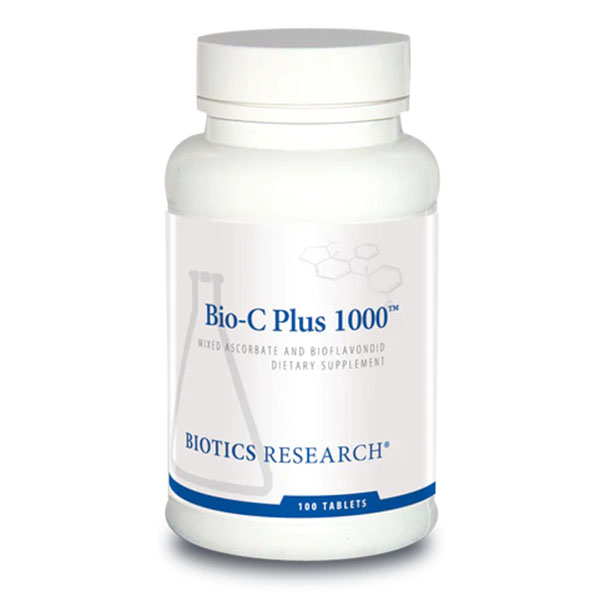
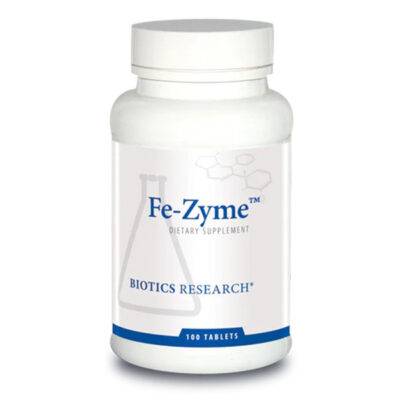
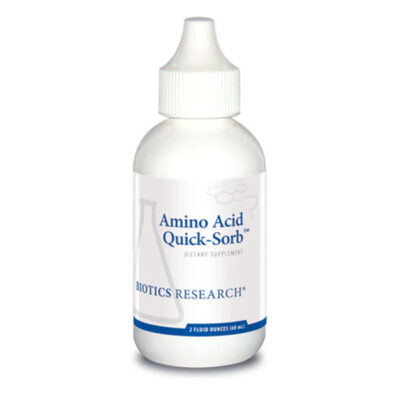
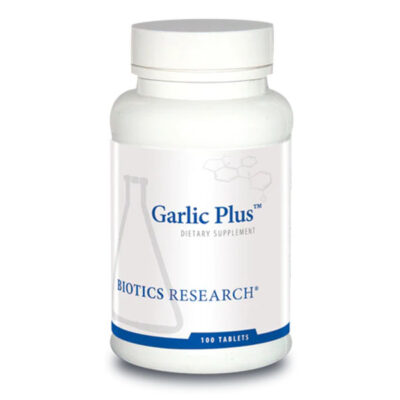
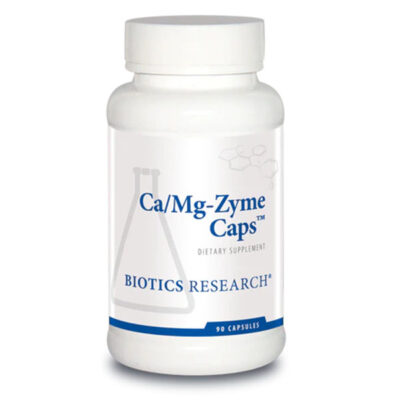
Reviews
There are no reviews yet.